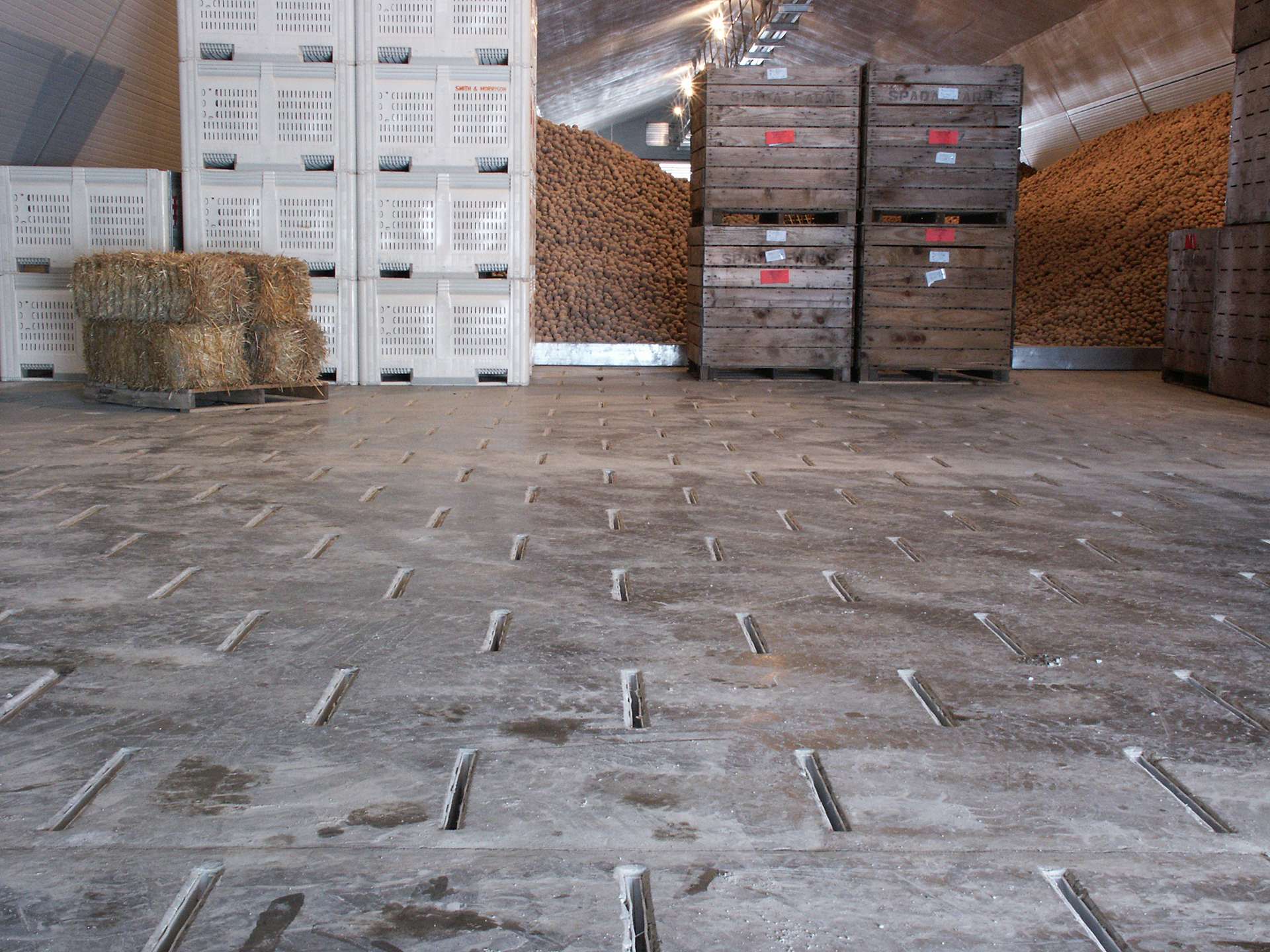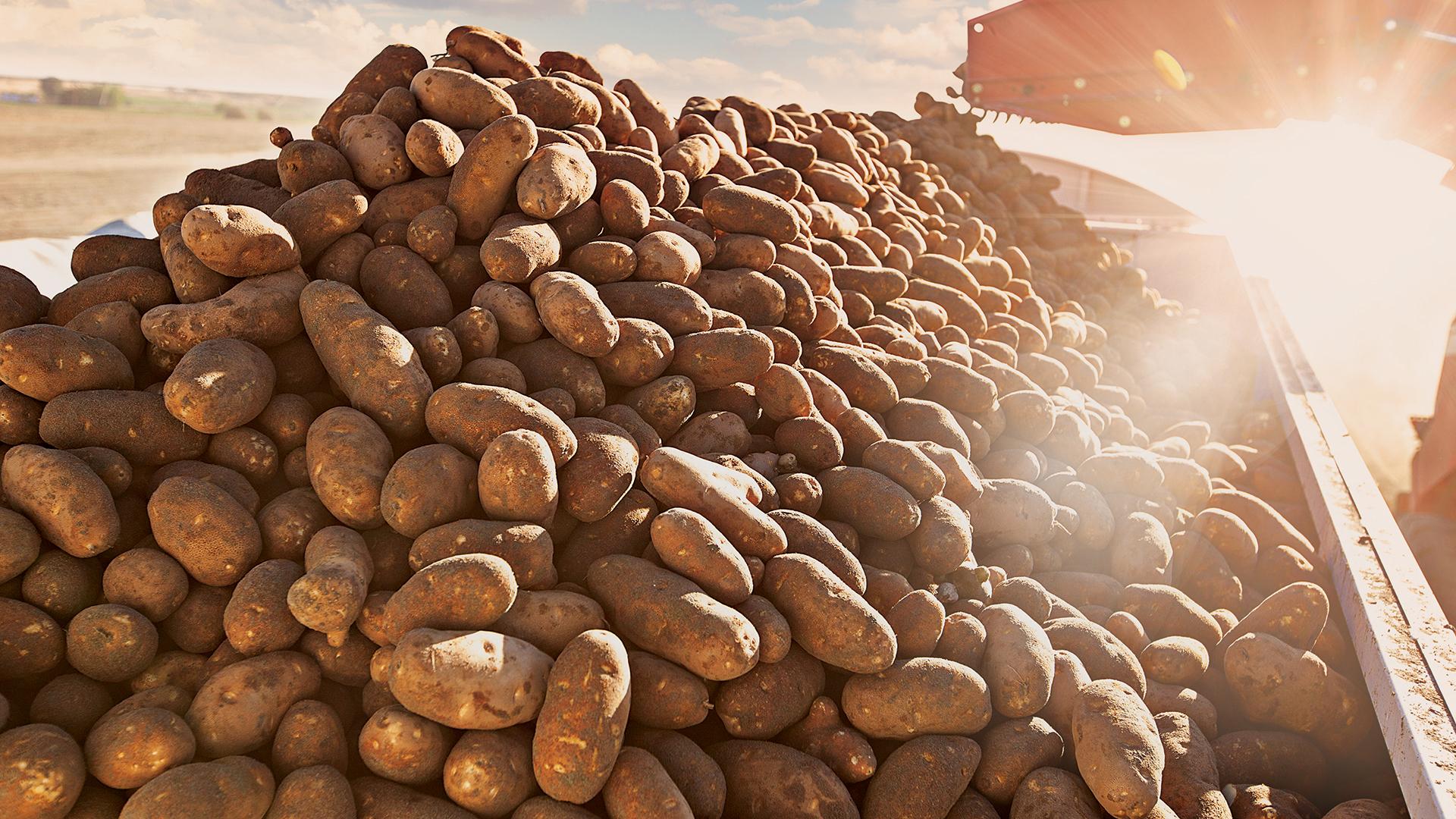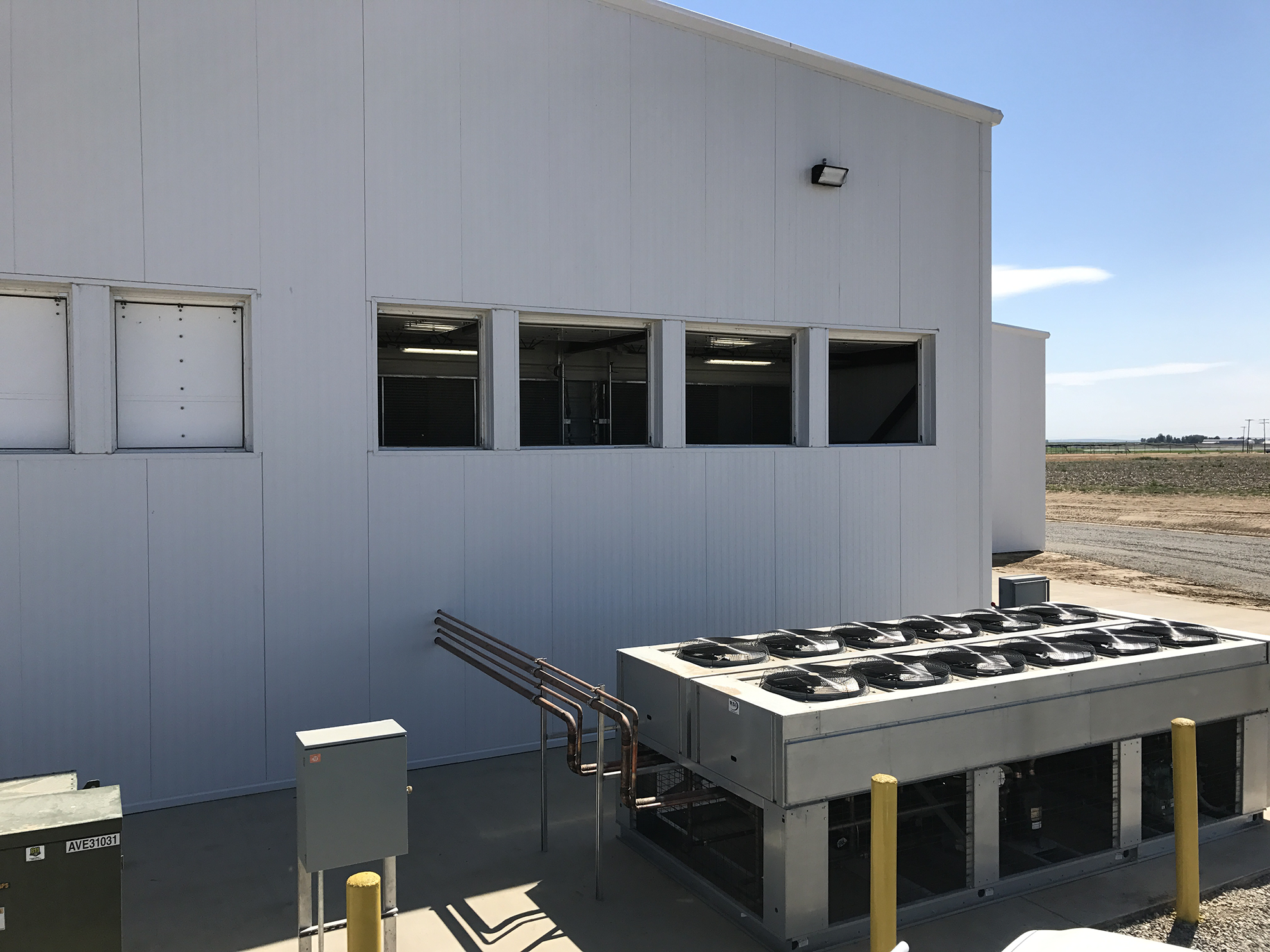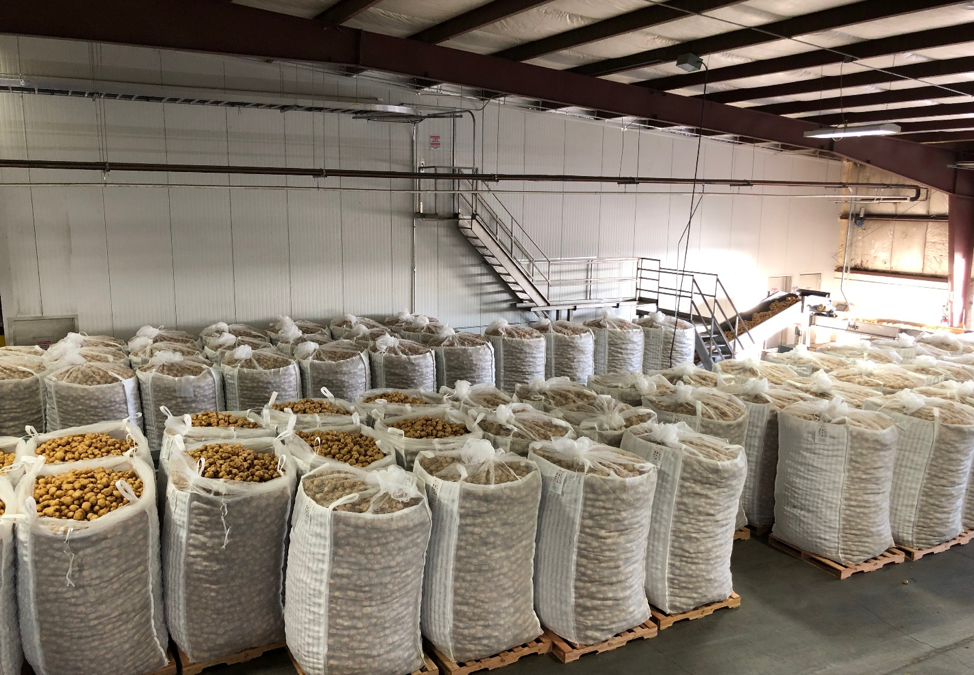PROBLEM POTATOES AT HARVEST | PART 1
Written By: Bob Hesse, October 2012, Edited: Chip Hesse, September 2019
It is tough to fix problems that come into storage. However, every grower experiences them. Arguably one of the most important tasks at harvest is knowing what you’re bringing into storage. Whether the problems are related to weather or disease, temperature or moisture, attention to each of these factors must be considered to maximize yield and quality.
When your crop is basically healthy, you may be only halfway to market at harvest. After almost a year in storage it is pretty neat to find excellent quality coming out. But when problems are known at harvest, the situation can be completely different. The picture may require compromises that simply minimize loss until the crop can be sent to market. The more you know about what you are placing in storage, the more likely you will successfully deal with any problems that exist at harvest.
This article is intended to be a guide for Storage Management when problem potatoes are evident. The seven steps are intended to help shine a light on the factors that cause problems, and suggest techniques to minimize loss in storage when you must bring problem potatoes into storage.
Healthy potatoes, good uniform airflow, and a well-designed ventilation system is about all a storage manager could ask for when going into storage. About all that is left to worry about is, optimum suberization, wound-healing, and the market.
With consideration for the other side, fear for Late Blight, Pink Rot, frost damage, or even wet potatoes brought into storage, both temperature and humidity management require walking a very fine line. There is definitely conflict between storage conditions for optimum suberization, and optimum disease control. In order to minimize loss, a plan to deal with problems must be implemented.
Management of pile temperature and humidity, during the first few weeks in storage is really a major balancing act when weather is not ideal. It is virtually impossible to control most disorders with pulp temperatures much above 50°F for very long. And remember, suberization comes to a screeching halt below 50°F.
A good and thorough risk assessment of the potatoes to be placed in storage should give you some idea of the presence of late blight, or other disorders in your crop. Most research authorities suggest a late blight infection greater than about 4% has little value going into storage. But, if less than 2% of the crop coming into storage is infected, late blight infection can be managed. Hopefully notes are taken in each field during the growing season, and especially during the few weeks immediately prior to harvest will provide both the presence of problems, and temperature information.
The following pages present suggestions for dealing with problem spuds at harvest.

We’ve broken our 7-Step Guide for Dealing with Problem Potatoes down into two parts. First we’ll be talking about the risks if placed in storage, dry conditions, and harvesting temperatures. And in Part 2 we’ll talk about the dirty vs. clean potatoes, pulp temperature, air flow and storage temperature and moisture.
Let’s dive right in to Step 1!
STEP 1: KNOW THE RISK IF PLACED IN STORAGE
A clear picture of each factor that influences storage risk is necessary. As you can imagine, overlooking a single important detail from seed, right through growing, harvest, and storage, can preclude successful storage. Any presence of Late Blight or other rot-producing disorders in your crop should become apparent if each of the following factors that influence disease propagation is carefully studied. If the storage risk is too high due to excessive disease, wet, or frozen potatoes, place an all-out effort to go direct to the plant. You may want to consider factors in addition to the ones presented here:
FACTOR |
COMMENTS |
SEED |
Take time to research and know your seed source. |
GROUND (SOIL) HISTORY |
Has there been a history of problems? Any volunteers? |
WEATHER HISTORY |
Note any weather during the growing season that may be a cause for concern |
CHEMICAL CONTROL |
Has everything necessary been done during growing to control problems? |
ADJACENT FIELD PROBLEMS |
Note problems in nearby fields, including cull waste and crop trouble. |
FOLIAGE INDICATION |
What you noted during growing, what was done to fix problems, and what is present at harvest. |
SAMPLES DURING GROWING |
At harvest refer to your notes. |
MATURITY AT HARVEST |
Important: Any presence of Late Blight mandates vine-kill at least two weeks before harvest. |
TEMPERATURE, MOISTURE, AND FROST AT HARVEST |
Is it too hot to control rot? Is it too cool to control bruise? Too cool to suberize? Too much frost damage to store? Too wet to reasonably dry in storage? |

STEP 2: HARVEST DRY
Respiration requires oxygen. Potatoes have to breathe. If a large quantity of potatoes is placed in storage wet, sufficient, uniform air distribution must be available to dry the pile as quickly as needed. Wet soil clings to damp or wet tubers. If any fungal or bacterial problem is present, a wet, warm environment is certain to encourage problems. So, avoid bringing potatoes into storage during rainy weather if you can, and especially from areas in a field that are constantly wet. If you are without a choice, bring in equipment to help eliminate clusters of soil latched to potatoes.
Wet potatoes brought into storage must be dried as rapidly as possible. Close ducts to healthy, dry tubers already in storage, and with the humidification off, use as much dry outside air as possible to exhaust moisture from the storage until surface moisture is gone from the wet tubers. This process may require adding heat, especially if outside air is below 50ºF. However, pile temperature must not be completely sacrificed. The top of the pile must be closely monitored for moisture and temperature during this process. This is important because the last spuds to dry will be just below the top surface of the pile. If evidence of soft rot is present, the temperature of supply air to the wet spuds should be below 50ºF.
Since respiration is high during wound-healing, a wet pile will prevent an adequate oxygen supply to the tubers, and good suberization will be impossible. Free water is lethal, and wet potatoes cannot breathe. Second step takeaways:
- Potatoes from a wet area in the field need special attention
- Avoid bringing potatoes into storage during rainy weather
- Wet tubers bring additional dirt into storage
- A wet potato surface promotes bacterial growth
- A we potato surface prevents wound healing
- Grade out frozen potatoes

STEP 3: HARVEST BELOW 65°F, ABOVE 48°F
Infected tubers need to be cooled. Bringing even a very small percentage of tubers infected with late blight into storage without the ability to exhaust heat is dangerous. And harvesting infected tubers above 65ºF for storage is really gambling. Pay close attention to weather forecasts. The more appreciation you have for what’s coming weather-wise, the more likely you will fit within ideal temperature guidelines. Make a sincere effort not to get caught having to bring spuds into storage cooler than 48ºF. Suberization is important, but suberization may have to be sacrificed if cold spuds with problems have to be stored. Third step takeaways:
- Infected or wet tubers brought into storage warmer than 65ºF will probably not store successfully
- Heat must be removed from infected tubers within the first week of storage
- Be on top of the weather forecasts and plan harvest with an eye on temperature and rain
- Warming cold potatoes in storage can cause condensation to form on the cold potatoes
- Sacrifice suberization if necessary, to control rot
